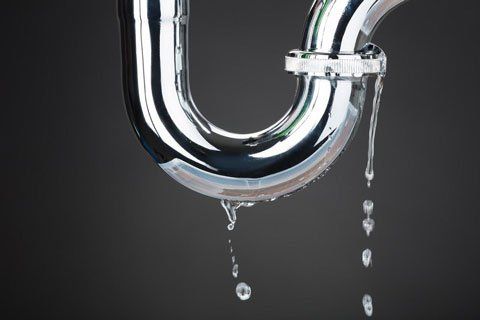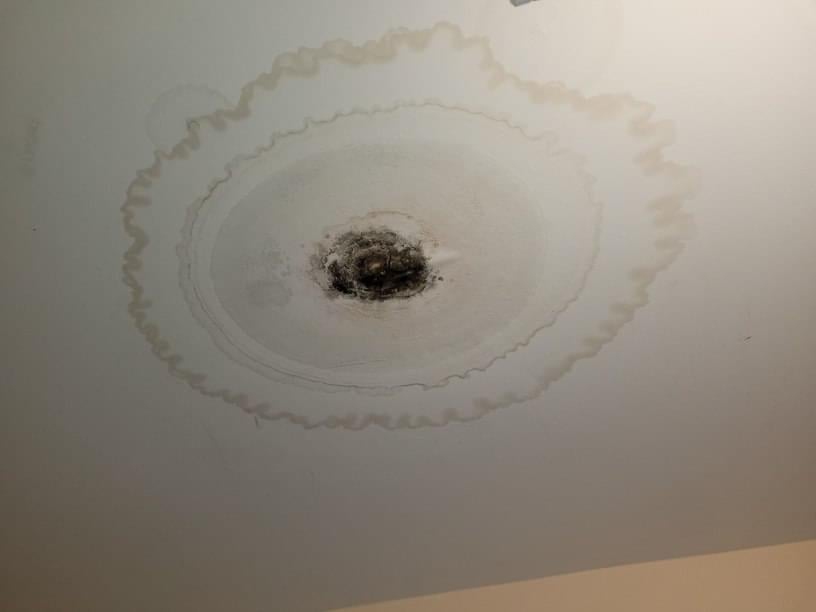6 Ways to Find Concealed Water Leakages in Your Residence
6 Ways to Find Concealed Water Leakages in Your Residence
Blog Article
Just about every person is bound to have their own way of thinking in relation to Hacks to detect leaks.

Early detection of dripping water lines can minimize a potential disaster. Besides conserving you cash, it will lessen the irritation as well as stress. The minute you locate a leakage, calling your plumber for fixings is the best solution. Some small water leaks may not be noticeable. If you can not detect it with your nude eyes, right here are some hacks that assist.
1. Examine the Water Meter
Checking it is a surefire way that aids you uncover leakages. If it moves, that indicates a fast-moving leakage. This indicates you may have a slow leakage that might even be below ground.
2. Inspect Water Consumption
If you identify abrupt changes, despite your usage being the exact same, it suggests that you have leakages in your plumbing system. A sudden spike in your bill indicates a fast-moving leak.
A constant increase every month, also with the exact same habits, reveals you have a slow leakage that's also slowly intensifying. Call a plumber to extensively examine your residential or commercial property, particularly if you feel a cozy area on your flooring with piping beneath.
3. Do a Food Coloring Examination
30% comes from commodes when it comes to water usage. Examination to see if they are running appropriately. Drop specks of food shade in the tank as well as wait 10 mins. If the color in some way infiltrates your dish during that time without flushing, there's a leak in between the container and bowl.
4. Asses Exterior Lines
Do not forget to inspect your exterior water lines too. Must water permeate out of the connection, you have a loose rubber gasket. One small leakage can throw away lots of water as well as increase your water bill.
5. Assess the scenario and also evaluate
Property owners ought to make it a routine to check under the sink counters and also even inside cabinets for any type of bad odor or mold development. These 2 warnings suggest a leak so timely attention is required. Doing routine assessments, even bi-annually, can save you from a significant issue.
Examine for stainings and also deteriorating as the majority of appliances and pipelines have a life expectations. If you presume leaking water lines in your plumbing system, don't wait for it to rise.
Early discovery of leaking water lines can mitigate a possible catastrophe. Some tiny water leakages might not be visible. Examining it is a guaranteed means that assists you discover leakages. One tiny leakage can squander heaps of water and increase your water bill.
If you think dripping water lines in your plumbing system, don't wait for it to escalate.
The Dangers of Undetected Water Leaks
Mold
One of the most common results of undetected water leaks in your home is mold. Under the right conditions, mold can begin to grow and spread in just a day or two.
Moisture from water leaks combined with humidity and lack of ventilation allow mold spores to germinate and start spreading.
And while household mold doesn’t carry the same health risks as substances like asbestos, they can cause allergic reactions in people sensitive to them or with asthma.
Structural Damage
When water leaks occur in places we can’t see — above the ceiling, behind walls or beneath floors — they often have time to do some serious damage before making themselves known.
You might notice cracks or bubbles appear in your walls or a slow drip or water from the ceiling.
These are signs of water leaks and buildups in the structure of your home. If you don’t jump on these problems soon enough, the wood frame that supports your house could start rotting, leading to costly repairs and increasing the risk of disasters like ceiling or wall collapses.
Water Waste
According to the Alliance for Water Efficiency, the average home can lose anywhere from 2,000 to 20,000 gallons of water per year due to leaks.
High numbers like that might make you imagine a burst pipe spewing out water. But believe it or not, even a small, constant drip from a kitchen sink could add up to over a thousand gallons of wasted water in a single year.
And if you live in a place where you pay for every gallon of water you use, that adds up to a lot of dollars down the drain. So we understand leaks are bad. Let’s take a look at some of the common (and not-so- common) water leaks you might find around your home.
Flush Valve Flapper
The flush valve flapper is a rubber flap that sits above the flush valve at the bottom of the tank. It’s attached to the flusher with a chain. Over time, it can get worn out and lose its seal, causing an endless flow of water into the toilet bowl.
These leaks are hard to detect since they’re usually silent, but there’s a little insider trick you can use with just a little dye or food coloring:
Put a few drops in the toilet tank. Check the water in your toilet bowl 15 minutes later. If any of the color made it into the toilet bowl, you’ll know what the culprit is.
Fill Valve
The fill valve is what replenishes your toilet’s tank water after you flush. If you’ve ever looked inside your toilet tank and seen water gushing out of an upright plastic valve, that’s a faulty fill valve.
https://meetflo.com/blogs/flo/how-to-find-and-repair-water-leaks-a-comprehensive-guide

Do you like reading about Locating water leaks? Try leaving a remark down below. We'd be pleased to listen to your responses about this content. Hoping that you visit us again later on. Are you aware of someone else who is excited by Locating water leaks? Take a moment to promote it. We take joy in reading our article about Detecting hidden plumbing leaks.
Report this page